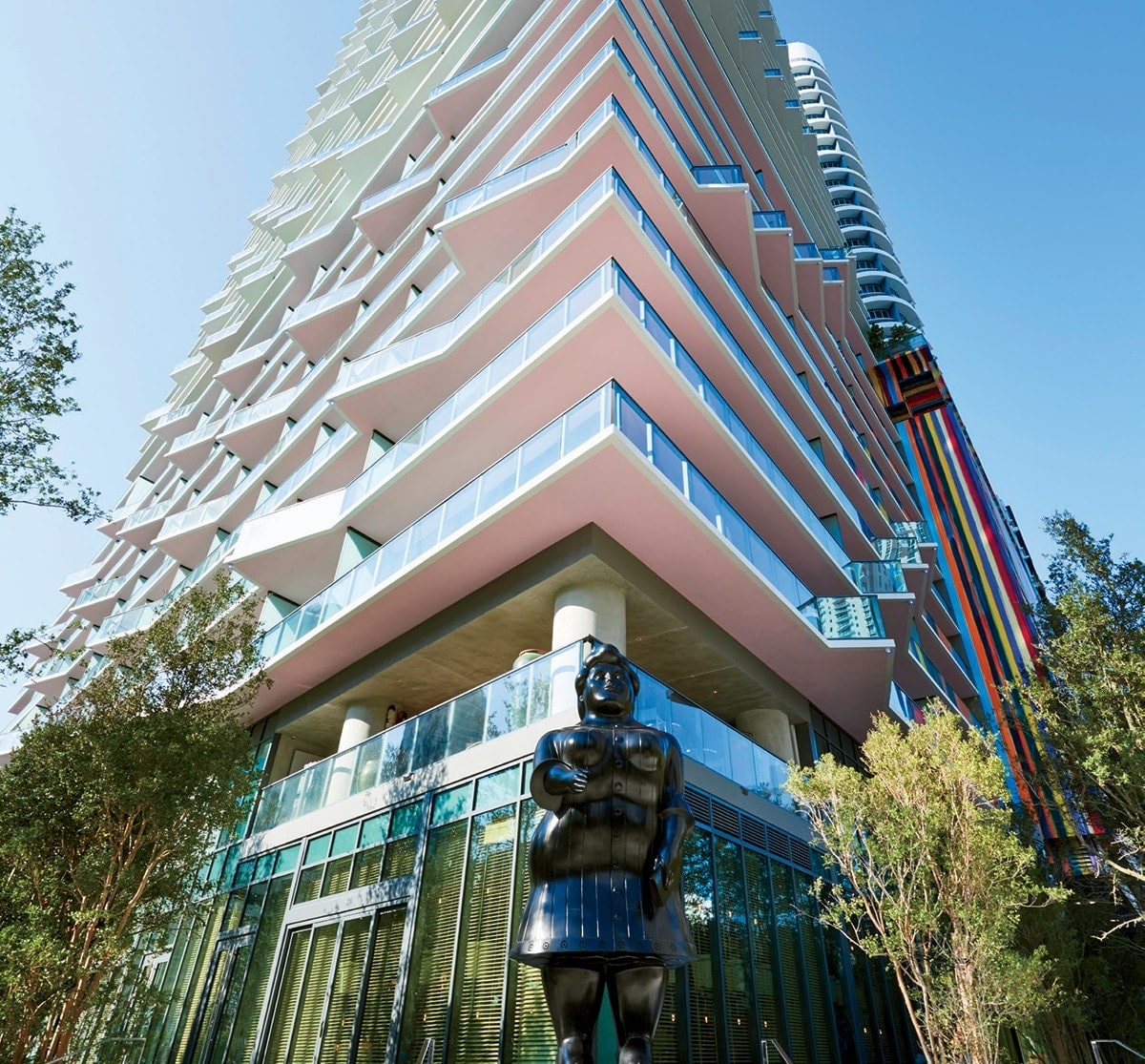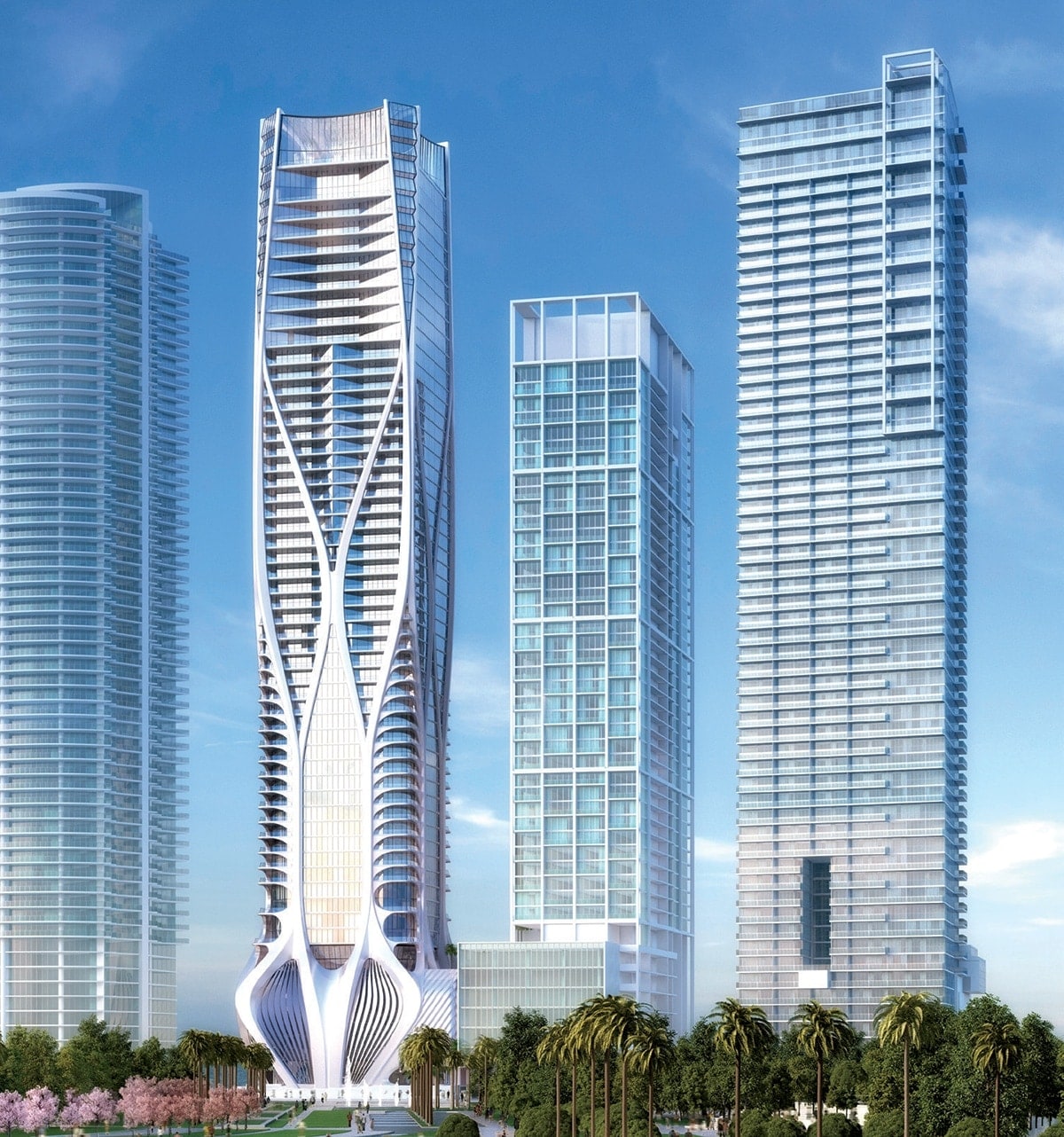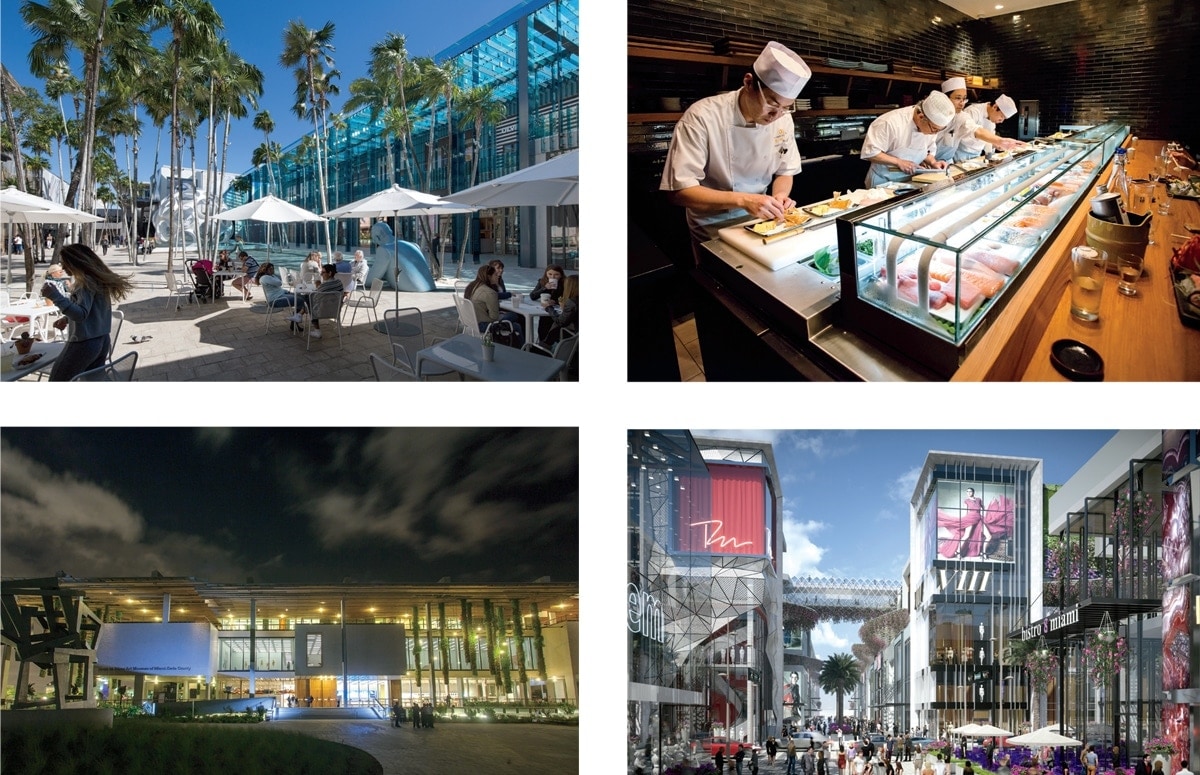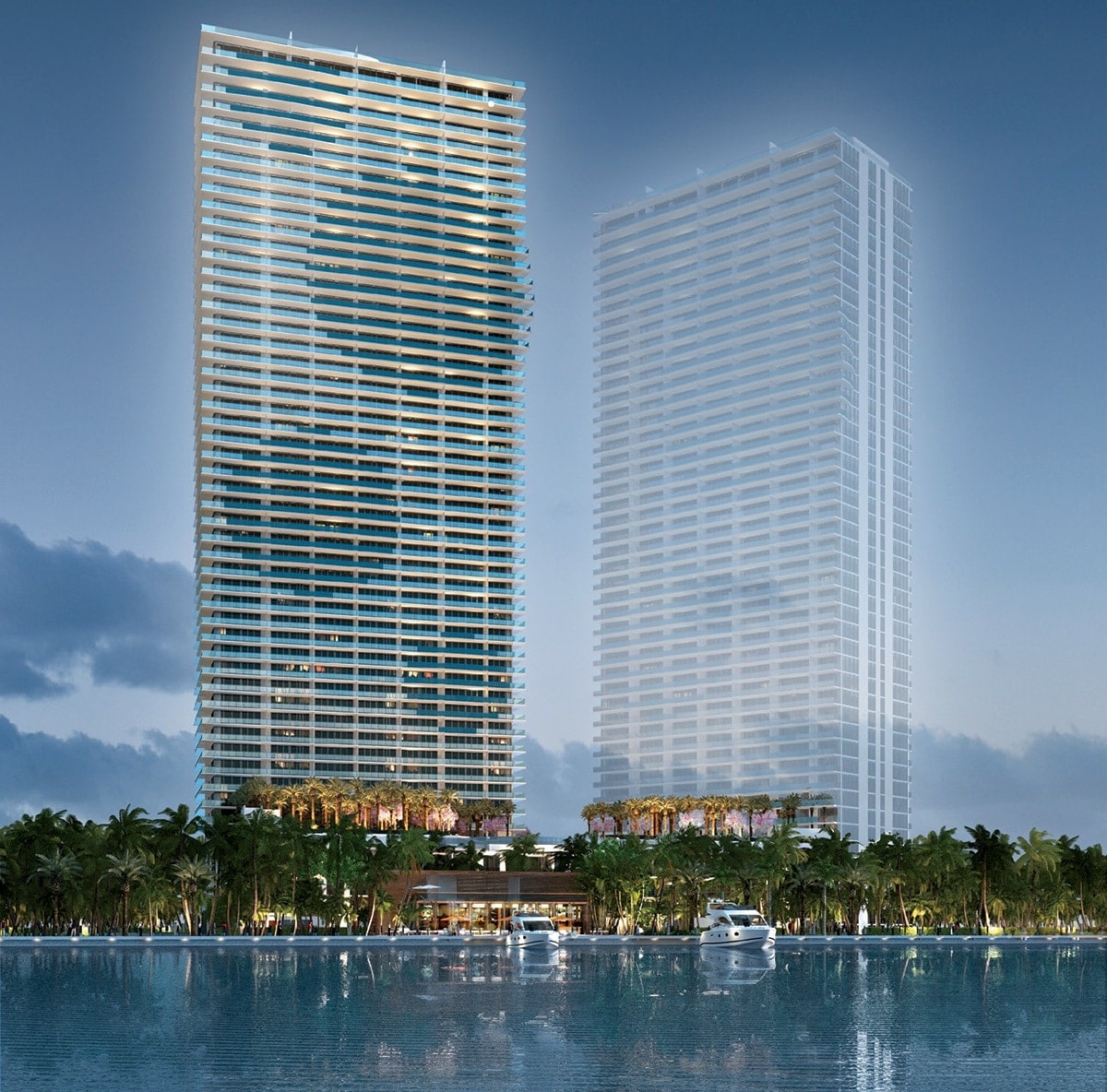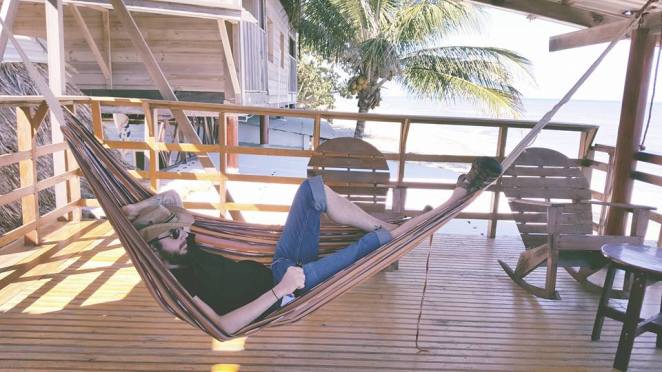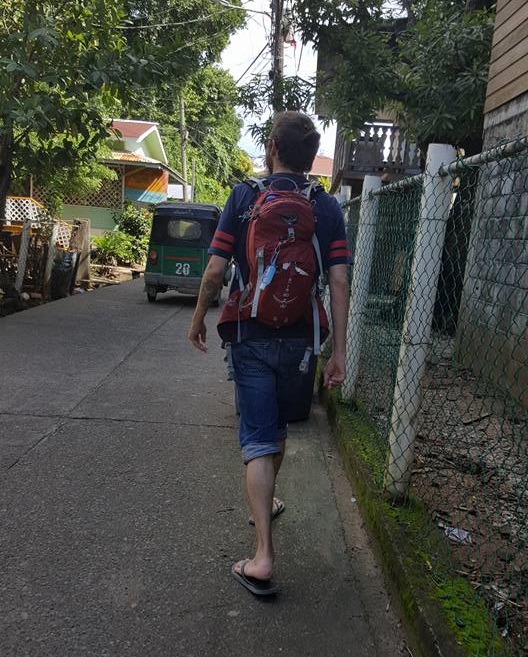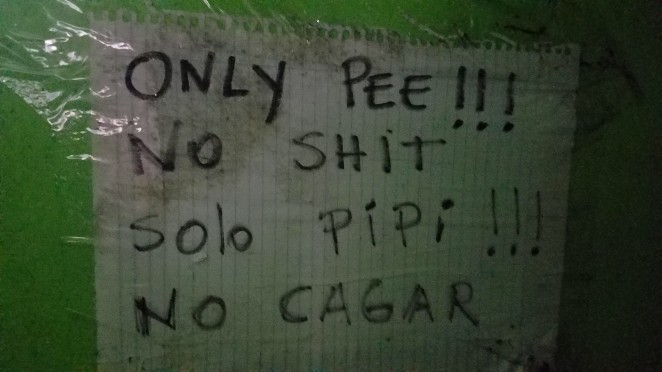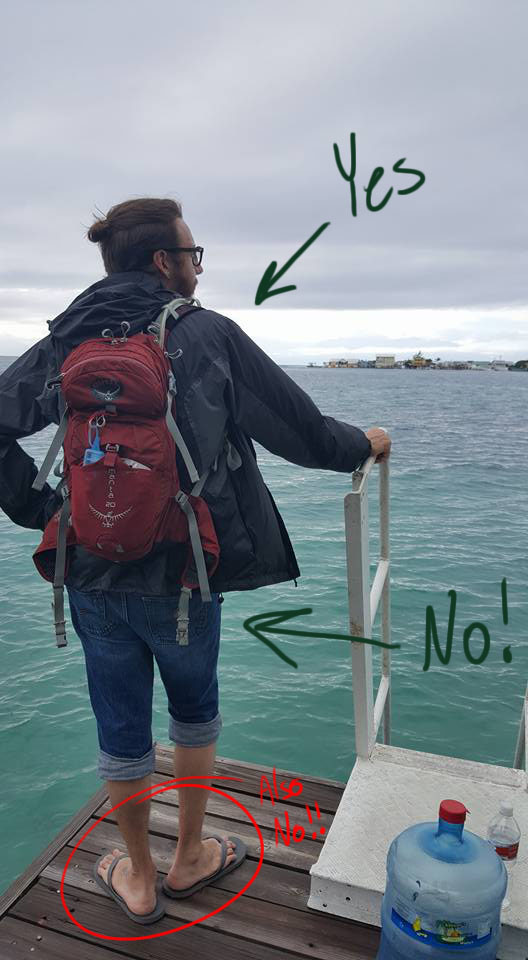Is your green thumb overdue for a project? Spring is the most popular time for new plantings because of the optimal conditions, with longer days, more sunlight, and increased rain. As long as you're gardening anyway, you have a great opportunity to choose some plants that can safely keep mosquitos out of your yard. Here are 10 that have been shown to be effective.
Mint is an effective mosquito repellant that also helps to keep flies away. It's also a great addition to an herb garden. It can be invasive, however, "and can take over an area very quickly," said do it yourself. "Plant mint in a large coffee can with the bottom cut out to keep it from taking over your garden."
Lavender
Catnip
Catnip works as a mosquito repellent thanks to the ingredient nepetalactone, which "was found to be 10X stronger than even DEET in a recent study," said Best Plants. "It is a good non-toxic alternative to traditional chemical sprays."
Citronella
You might not enjoy having citronella candles in your yard, which can be smelly and also are "often laden with chemicals," said Natural Living Ideas. But go the citronella plant route and you can get the mosquito-repelling qualities in a more natural manner. "The citronella plant (officially known as the citrosum plant and often referred to as the mosquito plant) can be grown in your garden for mosquito control. The plant carries the fragrance of citronella in its foliage, and when a leaf is crushed and rubbed onto the skin, the aroma is very pleasant, yet it helps to naturally repel those mosquitoes. While not as effective as bottled repellents, it comes without the high price or potentially hazardous chemicals, and when grown in the garden, you'll always have it on hand."
Lemongrass
If you don't want to plant citronella, plant lemongrass instead. This ornamental grass contains citronella, and many - except for mosquitos - find the scent to be pleasing.
Marigolds
Lemon Balm
There are numerous potential benefits to growing lemon balm in your yard. Not only will it keep those bloodsuckers from invading your yard, but, "This member of the mint family has white flowers and a gentle lemony scent, as well as some healing properties," said Rodale's Organic Life. Because it's considered a calming herb, lemon balm has been "used as far back as the Middle Ages to reduce stress and anxiety, promote sleep, improve appetite, and ease pain and discomfort from indigestion (including gas and bloating, as well as colic)," said the University of Maryland Medical Center. "Even before the Middle Ages, lemon balm was steeped in wine to lift the spirits, help heal wounds, and treat venomous insect bites and stings. Today, lemon balm is often combined with other calming, soothing herbs, such as valerian, chamomile, and hops, to promote relaxation. It is also used in creams to treat cold sores."
The potential downsides: It "attracts pollinators, such as bees," said Angie's List. "It's fast growing, drought resistant and reseeds itself, so consider planting in a pot rather than in your yard to avoid a lemon balm takeover."
Rosemary
 Rosemary has a pleasant scent and makes a great fresh herb to add to roasted chicken, potatoes, and steak, but it is also effective at repelling mosquitos. Plus, it looks great in the garden. "Plants can be grown in containers on a patio and shaped into ornamental pyramids, grown in herb gardens or planted in landscaped beds, where some varieties can grow quite large," said Mother Nature Network (MNN). "The plant itself and its cuttings are effective repellents. You can make a simple repellent spray by boiling 1 quart of dried rosemary in a quart of water for 20 to 30 minutes and then straining the liquid into a container at least a half-gallon in size that contains a quart of cool water. Put a cap on the combined liquid and store it in the refrigerator. Add the repellent to small squirt bottles as needed when going outdoors."
Rosemary has a pleasant scent and makes a great fresh herb to add to roasted chicken, potatoes, and steak, but it is also effective at repelling mosquitos. Plus, it looks great in the garden. "Plants can be grown in containers on a patio and shaped into ornamental pyramids, grown in herb gardens or planted in landscaped beds, where some varieties can grow quite large," said Mother Nature Network (MNN). "The plant itself and its cuttings are effective repellents. You can make a simple repellent spray by boiling 1 quart of dried rosemary in a quart of water for 20 to 30 minutes and then straining the liquid into a container at least a half-gallon in size that contains a quart of cool water. Put a cap on the combined liquid and store it in the refrigerator. Add the repellent to small squirt bottles as needed when going outdoors."
You can also clip some of the rosemary and burn it for extra insurance against mosquitos. "If you're planning to gather around a fire, try burning a little sage or rosemary," said Rodale's. "The incense these plants give off when they burn not only smells good but is unpleasant enough to most species of insects that it'll repel them - as long as you're near the smoke."
Lemon Thyme
Lemon thyme is a perennial with an herby lemon smell (and taste), "It pairs well in everything from salads and vegetable dishes, to meat, and fish," said The Kitchn, making it a great choice if you're looking to grow fresh herbs to use in your cooking. It properties can also send mosquitos away, but requires one extra step. "The plant itself will not repel pesky mosquitoes," said MNN. "To release its chemicals, you must first bruise the leaves. To do this, simply cut off a few stems and rub them between your hands."
Basil
Expand that herb garden with basil and you also get the benefit of a plant that turns mosquitos off. "Basil is another herb that can also double as a pest repellent," said Garden Design. "The pungent smell the basil leaves give off are what keep pests at bay. This herb likes to be kept damp, needs good drainage, and enjoys lots of sun. You can plant basil in containers or in the garden, alone or with other flowers, as long as both plants meet the same requirements."
WRITTEN BY JAYMI NACIRI

